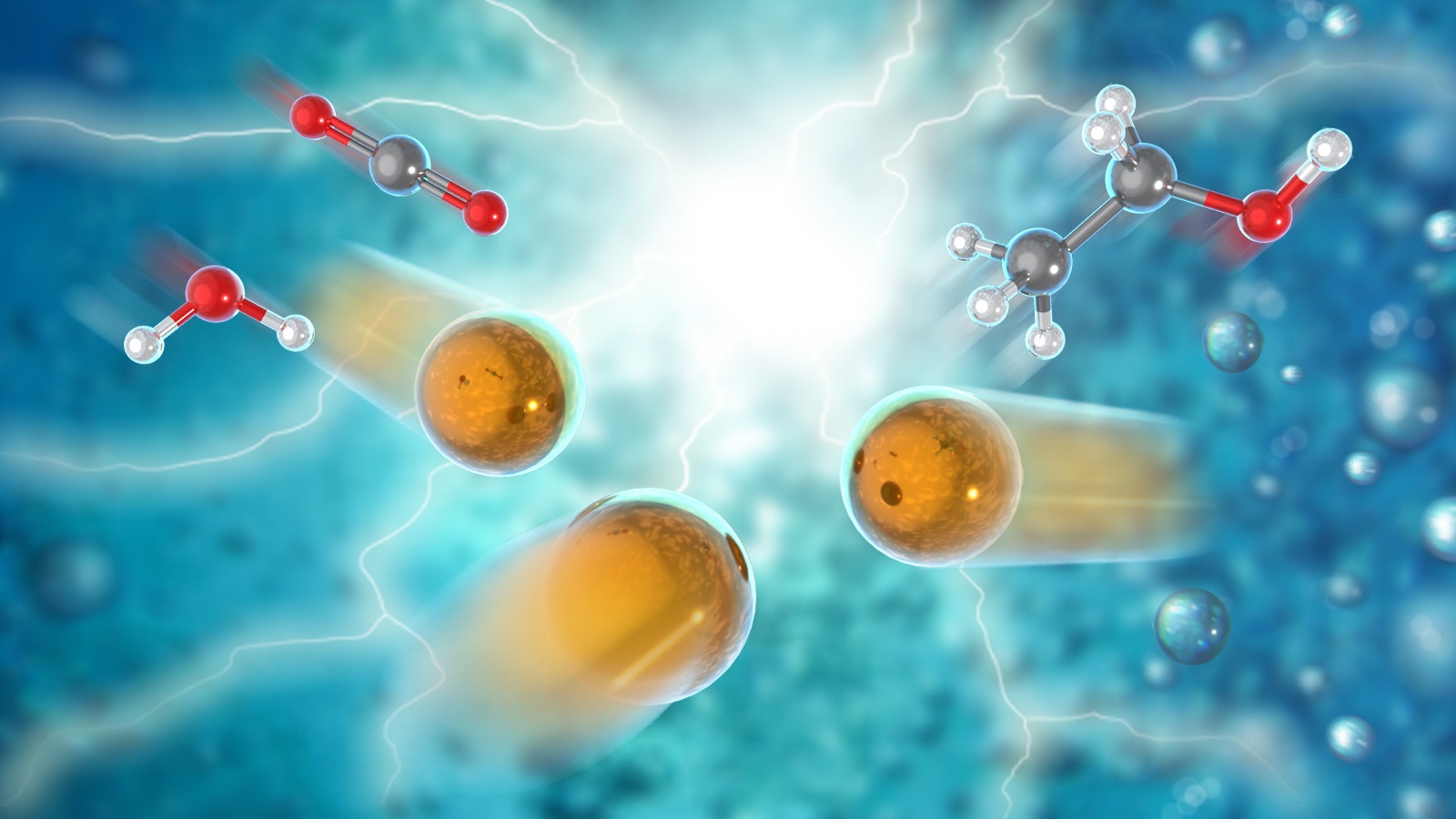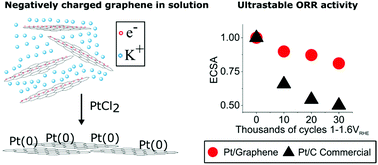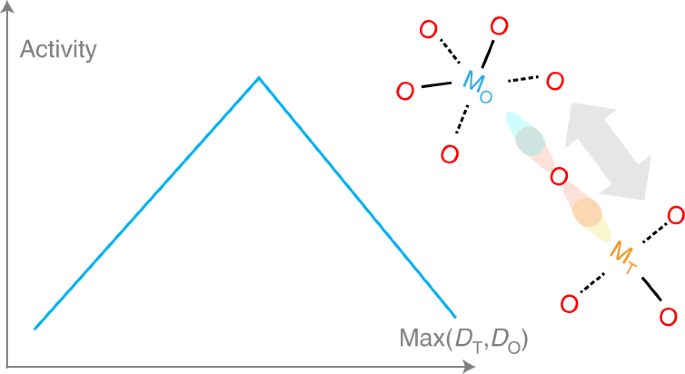2020/8/5 アメリカ合衆国・アルゴンヌ国立研究所(ANL)

・ ANL と北イリノイ大学が、化石燃料発電所等から排出される CO2 をエネルギー高効率、高選択、低コストでエタノールに電気化学的に転換する新触媒を開発。
・ エタノールは全米におていガソリンに混合され、化学、薬品、化粧品産業で中間原料として広く利用される製品。新触媒によるプロセスは、CO2 をリユーズする循環型炭素経済に資するものと考える。
・ 炭素粉末担体に銅原子を分散させた新触媒は、電気化学的反応で CO2 と水分子を分解し、外部電場でそれらの分子を選択的に再構築してエタノールを生成する。これまでに報告されたプロセスよりも高い 90%超のファラデー効率を達成。さらに、長時間低電圧にて安定して作用する。
・ 本研究結果は、ANL にある米国エネルギー省(DOE)のユーザー施設である Advanced Photon
Source(APS) と Center for Nanoscale Materials(CNM) お よ び ANL の Computing Resource Center(LCRC)の活用を通じて得られた。
・ 電気化学反応中の新触媒構造の変化のデータ、高分解能の電子顕微鏡画像と計算モデリングにより、散らばった状態の銅原子が低電圧毎に銅原子 3 個のクラスターを形成することを確認。CO2 からエタノールへの触媒作用は、これらのクラスター上で起こる。この発見は、合理的な設計を通じた触媒の改善方法に光明を投じるもの。
・ 同アプローチにより数種類の新触媒を作製。これらの触媒は全て、CO2 を他の炭化水素に高効率で転換することを確認した。産業界と共同研究を継続し、同技術をさらに展開する。
・ 本研究は、 DOE の 科 学 局 が 資 金 提 供 す る ANL の Laboratory Directed Research and
Development(LDRD)および DOE の基礎エネルギー科学局が支援した。
URL: https://www.anl.gov/article/turning-carbon-dioxide-into-liquid-fuel
<NEDO海外技術情報より>
(関連情報)
Nature Energy 掲載論文(アブストラクトのみ:全文は有料))
Highly selective electrocatalytic CO2 reduction to ethanol by metallic clusters dynamically formed
from atomically dispersed copper
URL: https://www.nature.com/articles/s41560-020-0666-x
Abstract
Direct electrochemical conversion of CO2 to ethanol offers a promising strategy to lower CO2 emissions while storing energy from renewable electricity. However, current electrocatalysts offer only limited selectivity toward ethanol. Here we report a carbon-supported copper (Cu) catalyst, synthesized by an amalgamated Cu–Li method, that achieves a single-product Faradaic efficiency (FE) of 91% at −0.7 V (versus the reversible hydrogen electrode) and onset potential as low as −0.4 V (reversible hydrogen electrode) for electrocatalytic CO2-to-ethanol conversion. The catalyst operated stably over 16 h. The FE of ethanol was highly sensitive to the initial dispersion of Cu atoms and decreased significantly when CuO and large Cu clusters become predominant species. Operando X-ray absorption spectroscopy identified a reversible transformation from atomically dispersed Cu atoms to Cun clusters (n = 3 and 4) on application of electrochemical conditions. First-principles calculations further elucidate the possible catalytic mechanism of CO2 reduction over Cun.



